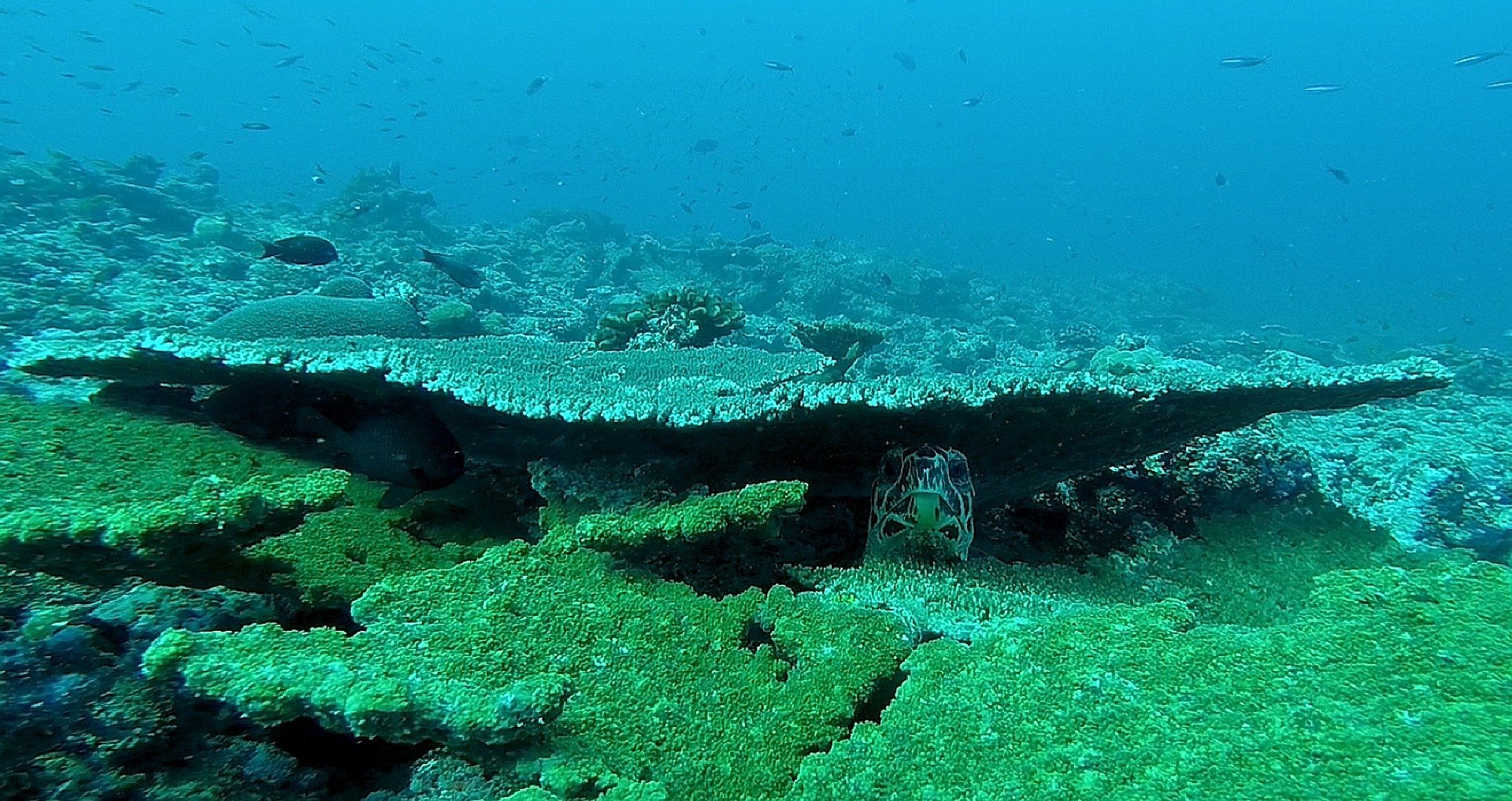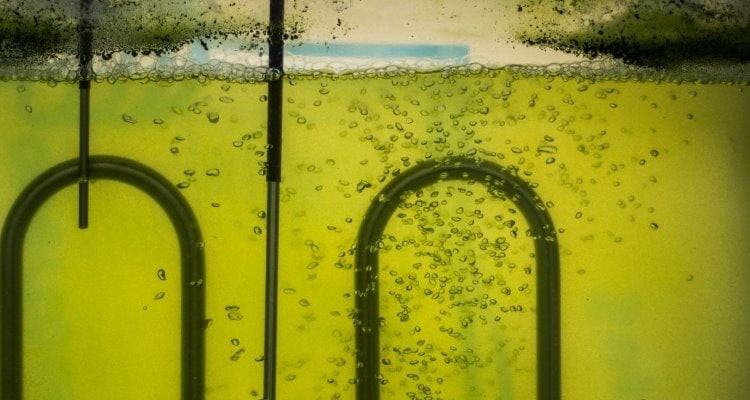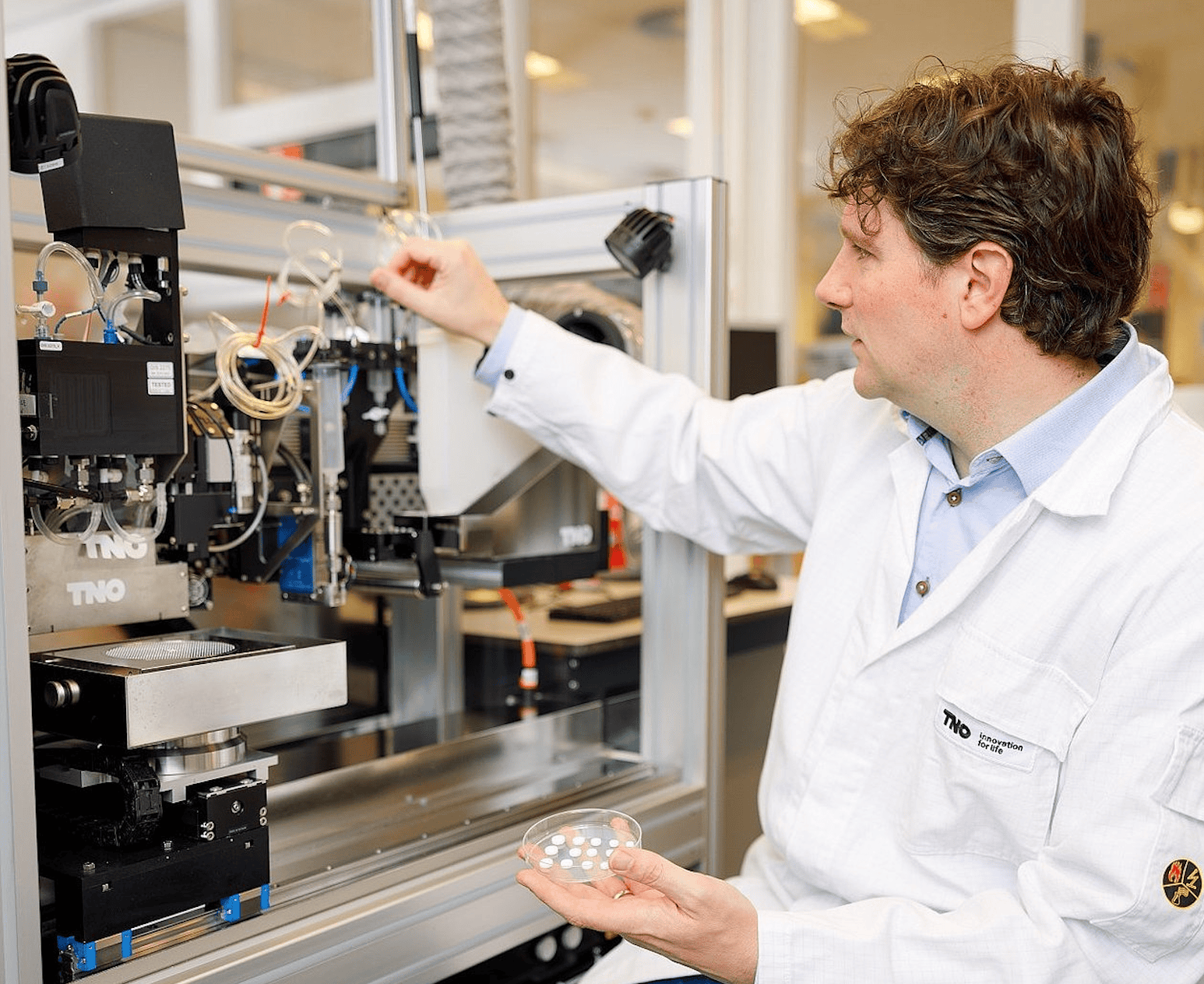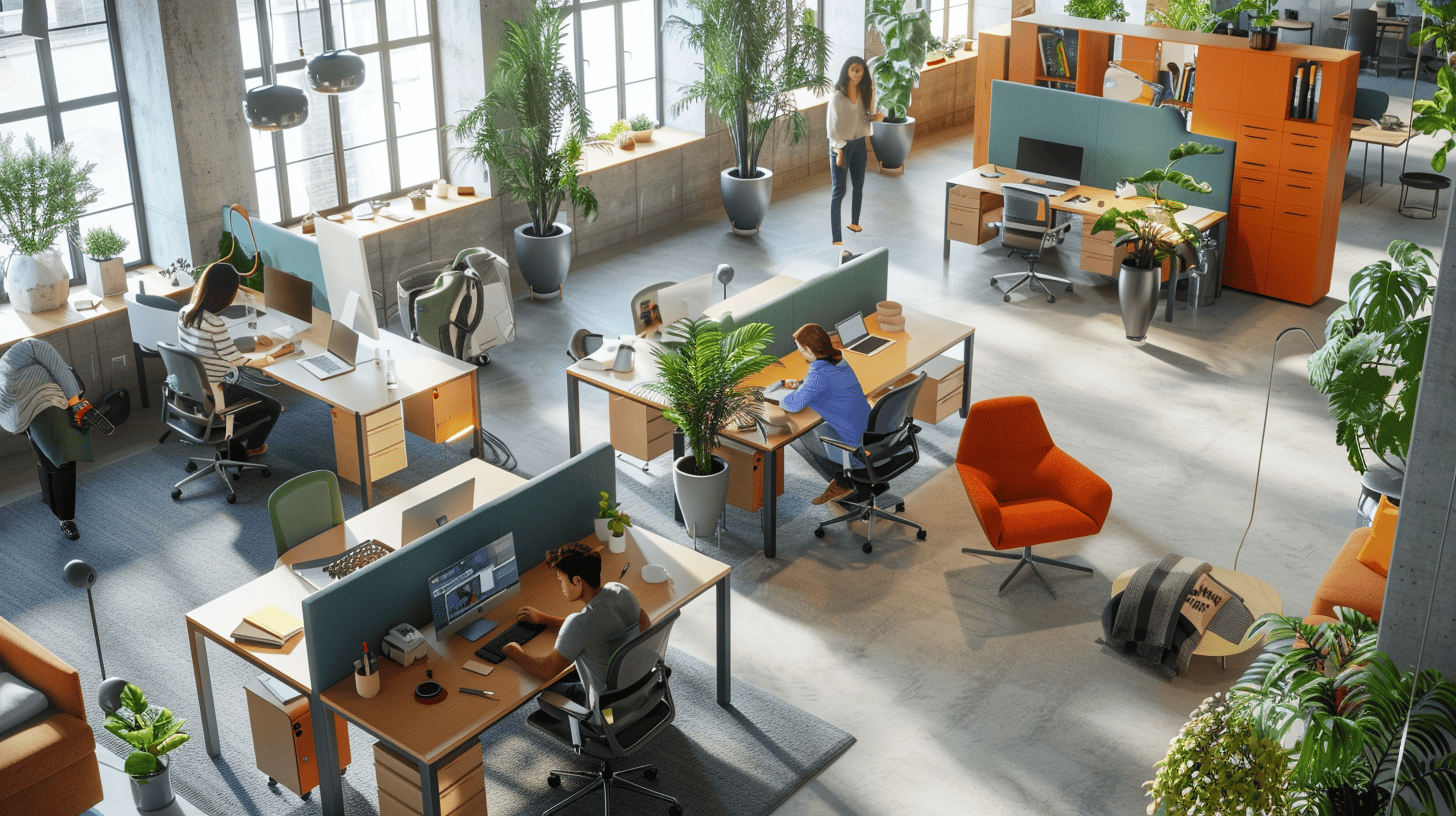
The disappearance of coral (reefs) due to global warming is high on the agenda at practically every climate conference. This is not just because corals are so beautiful and colorful. Nor because lots of lovely fish swimming around them. Coral is also a significant host for algae. And algae are of tremendous importance to the entire ecosystem plus they absorb CO2 as well.
Researchers at Cambridge University in Great Britain and the American University of California San Diego have used a 3D printer to create coral-like structures that can serve as an incubator for algae as well as simultaneously protect existing coral reefs. Their results have been published in the Nature Communications science journal.
Photosynthesis
The uniqueness of coral and algae is that together they form a perfect symbiosis. Algae produce sugars through photosynthesis  and they appear to do that best within the sheltered environment of coral reefs. “Corals are highly efficient at capturing and using light,” states Daniel Wangpraseurt from the Department of Chemistry at the University of Cambridge. “In our laboratory we are exploring methods for recreating and imitating the strategy that corals use for eventual commercial purposes.”
and they appear to do that best within the sheltered environment of coral reefs. “Corals are highly efficient at capturing and using light,” states Daniel Wangpraseurt from the Department of Chemistry at the University of Cambridge. “In our laboratory we are exploring methods for recreating and imitating the strategy that corals use for eventual commercial purposes.”
Biomass
Wangpraseurt and his colleagues have used 3D printed coral structures as a breeding ground for algae vegetation. They tried various shapes and different species of algae. In some tests they found that the algae population grew 100 times faster than it would without coral.
According to the researchers, there are numerous potential practical applications for this science. For instance, it could be used by companies that produce biomass from algae.






